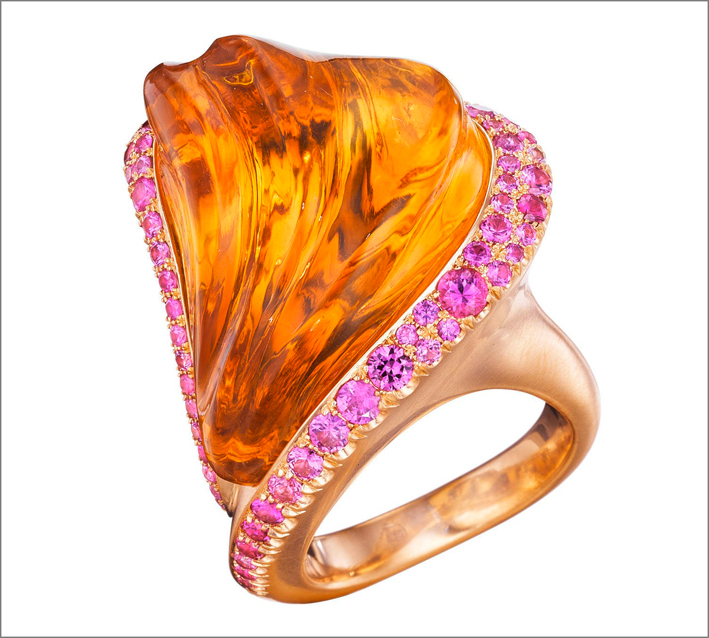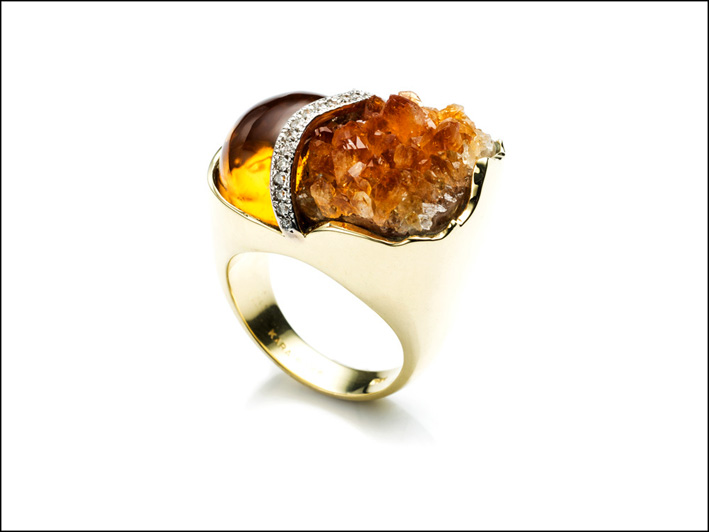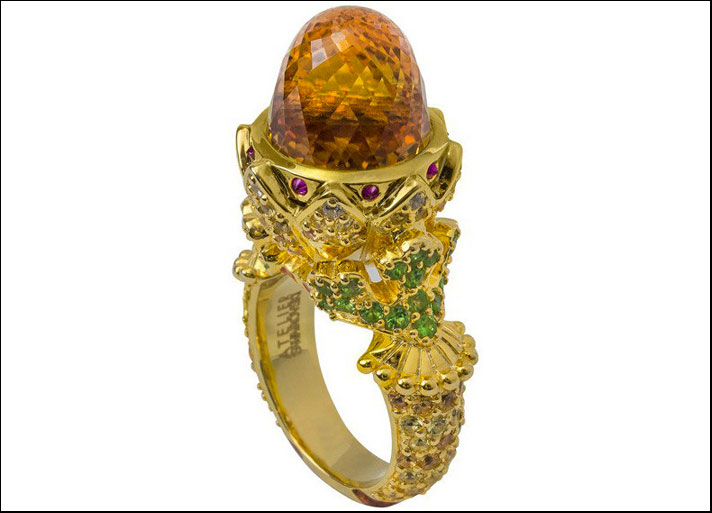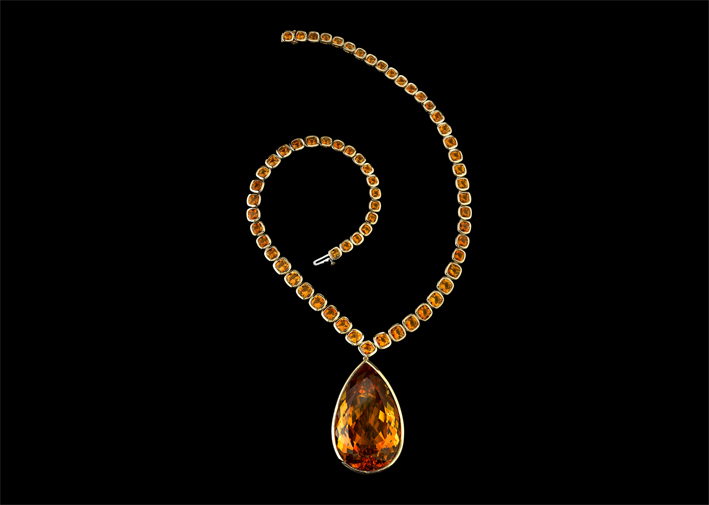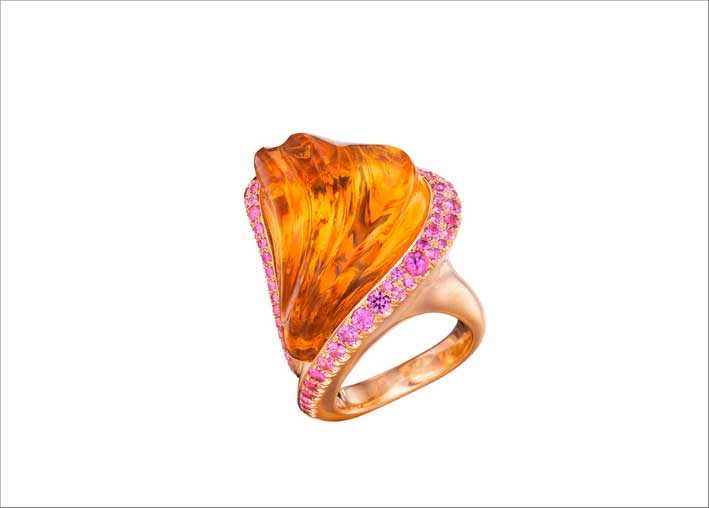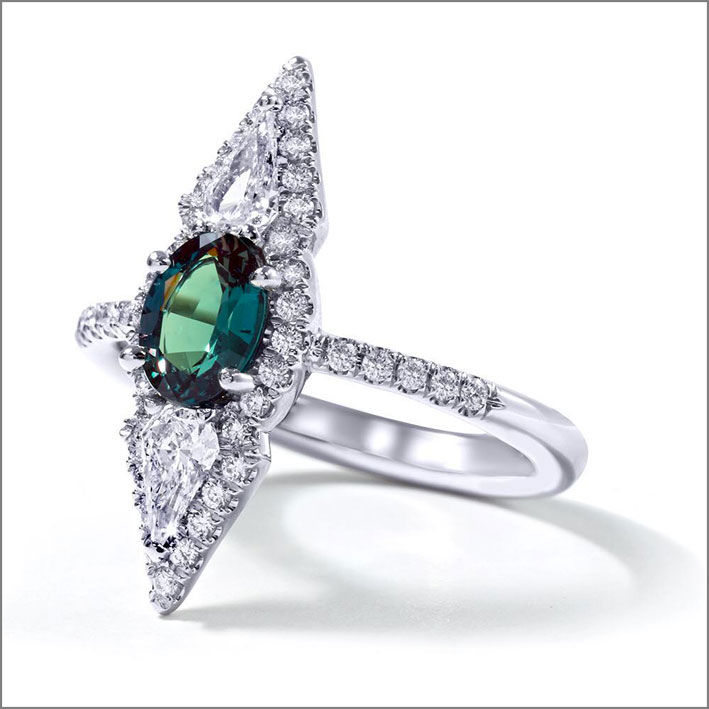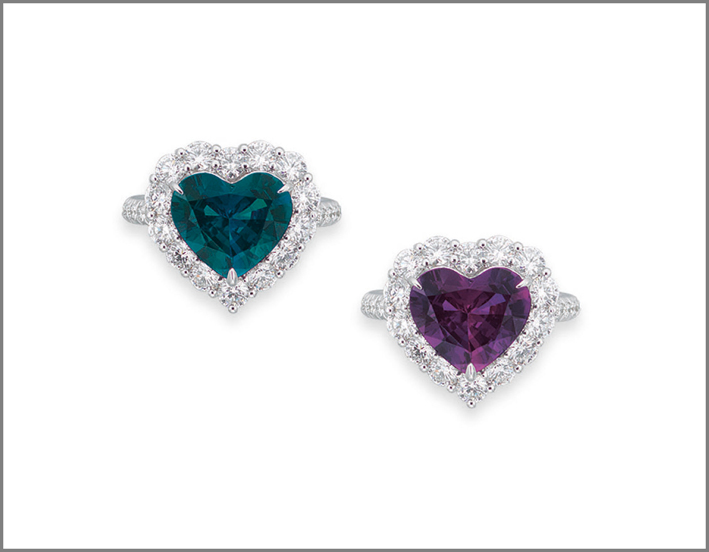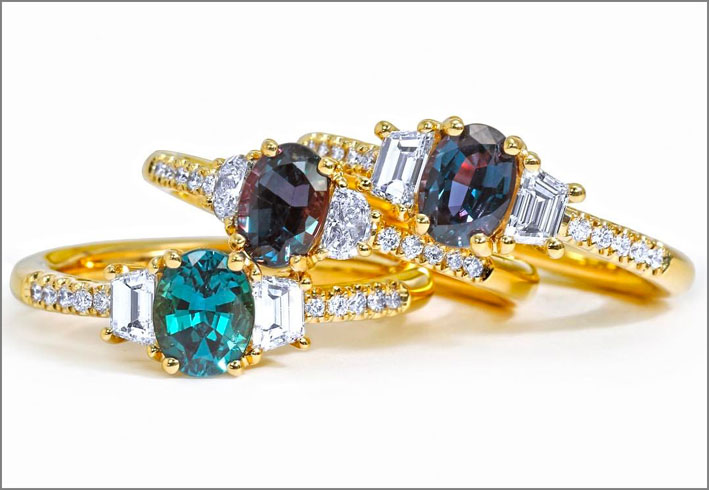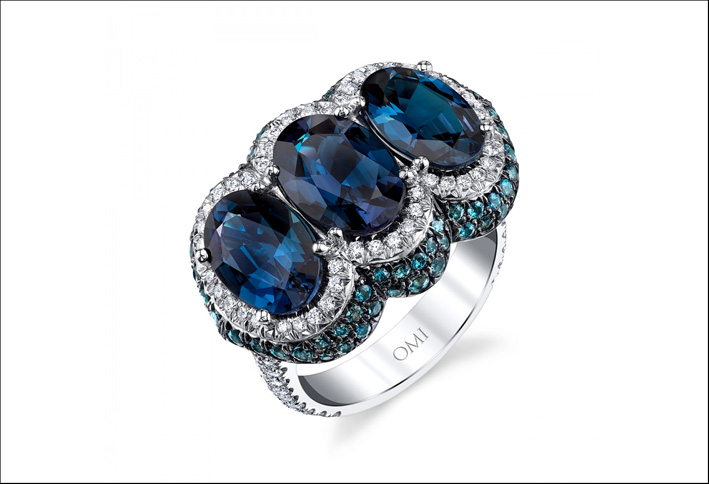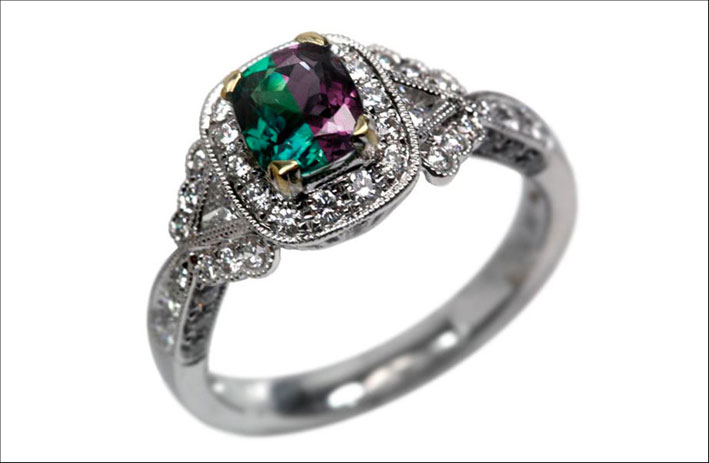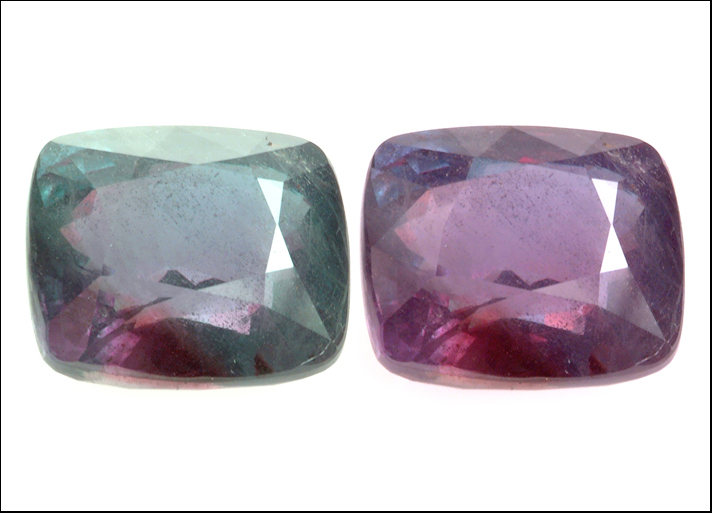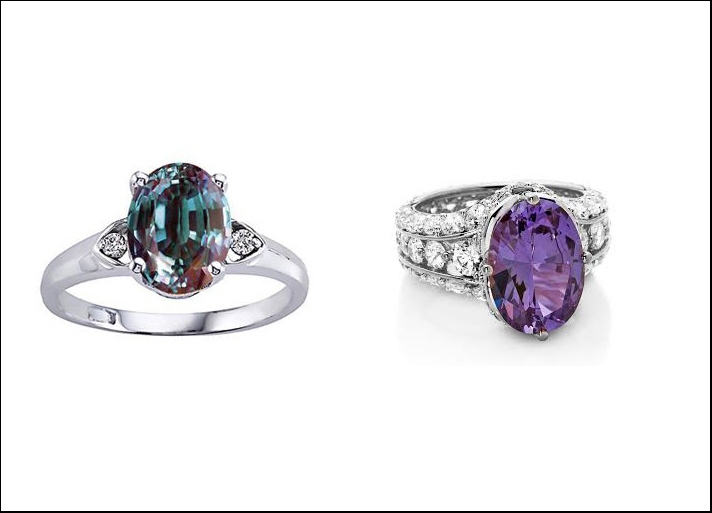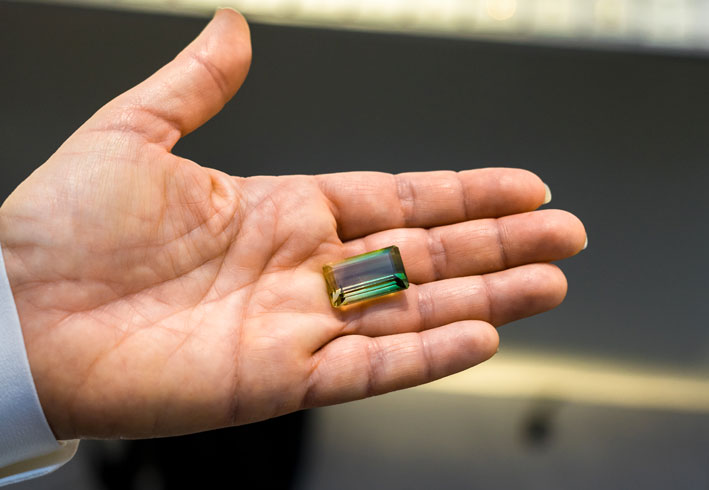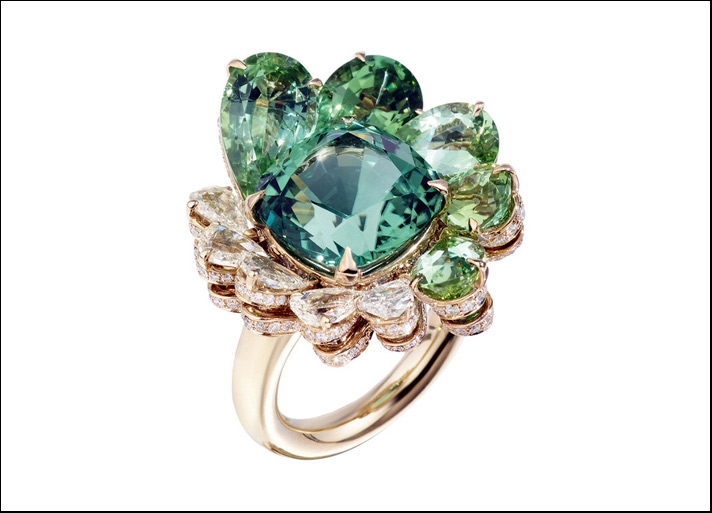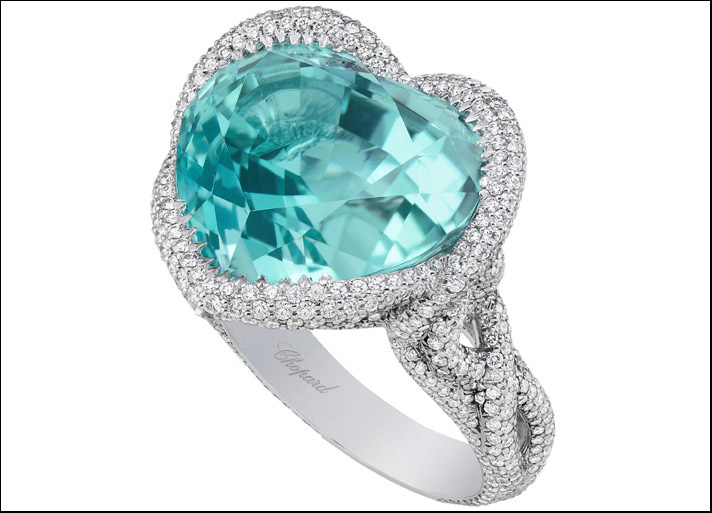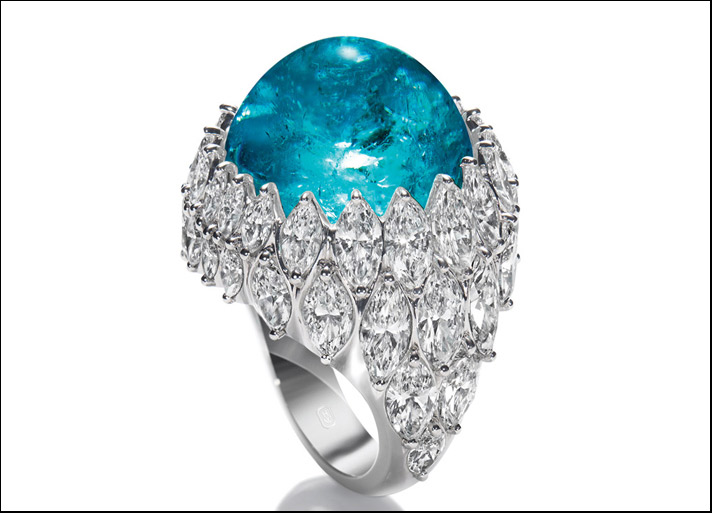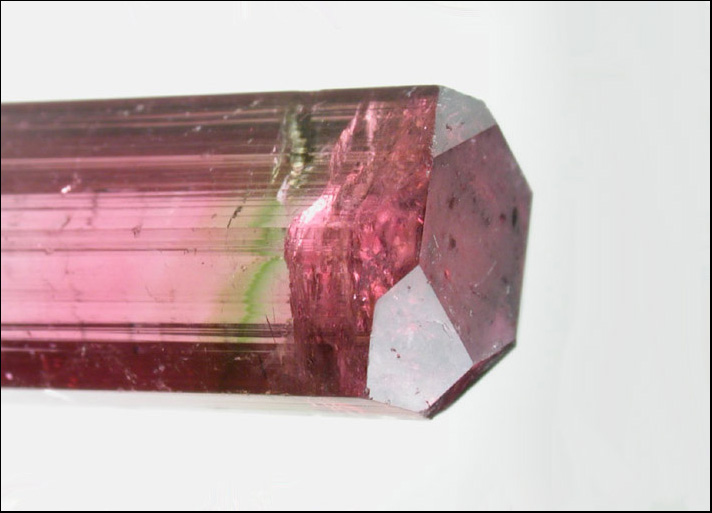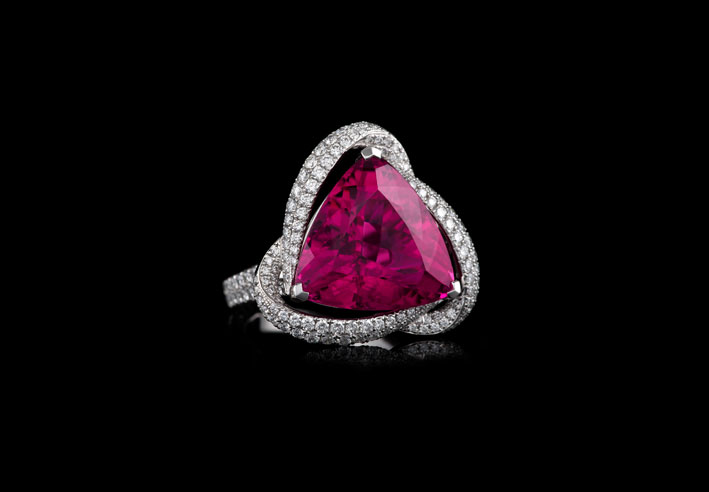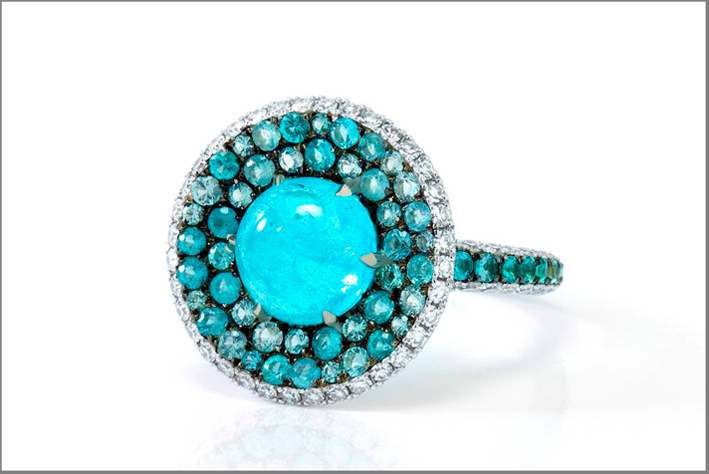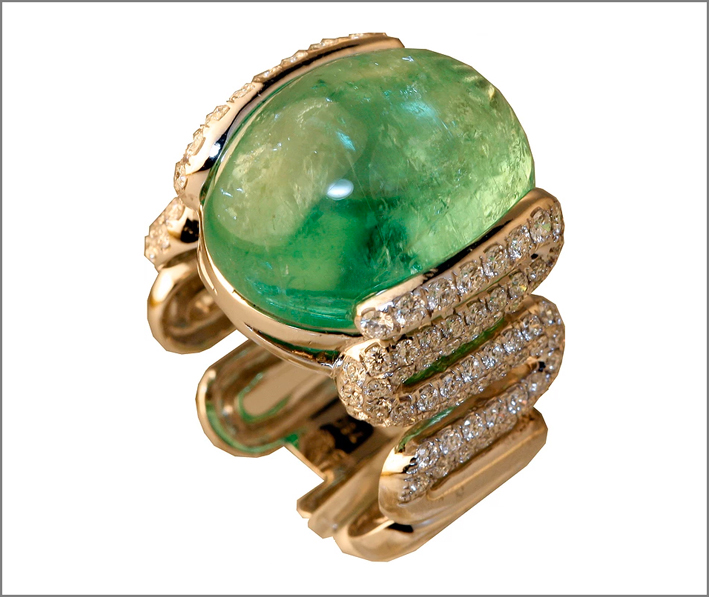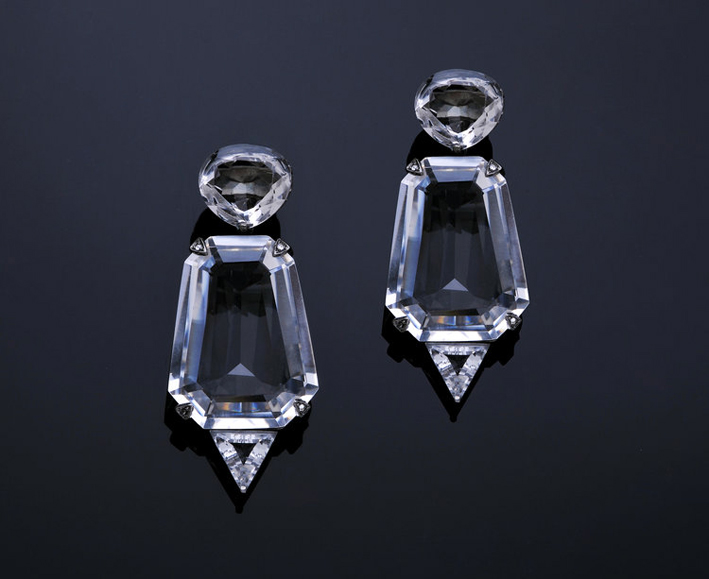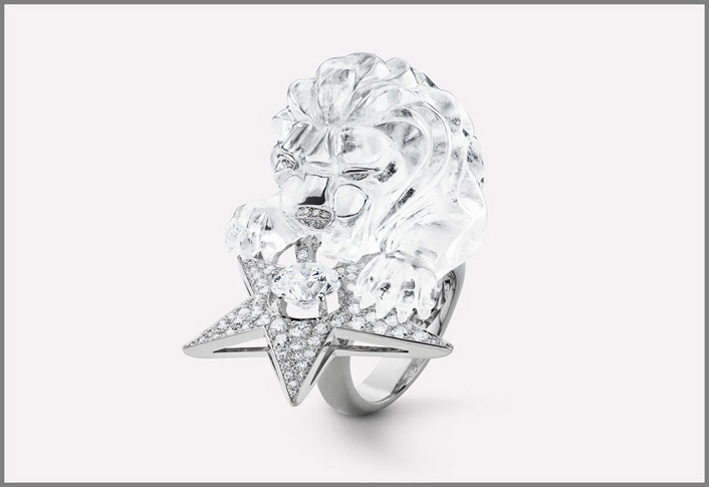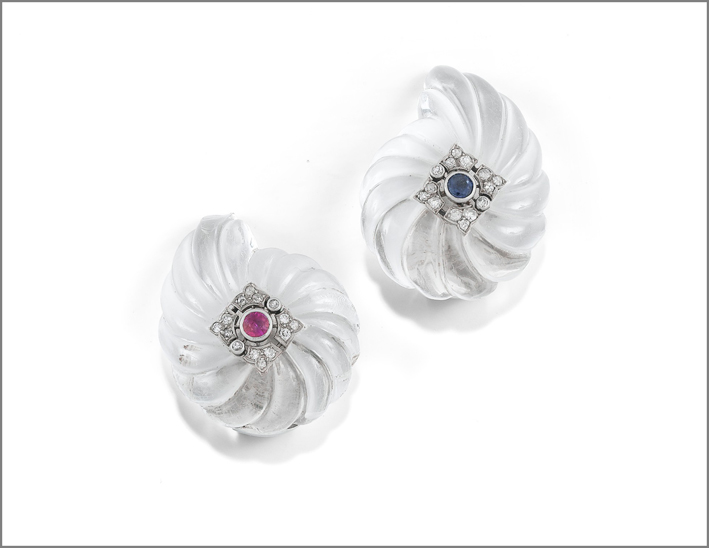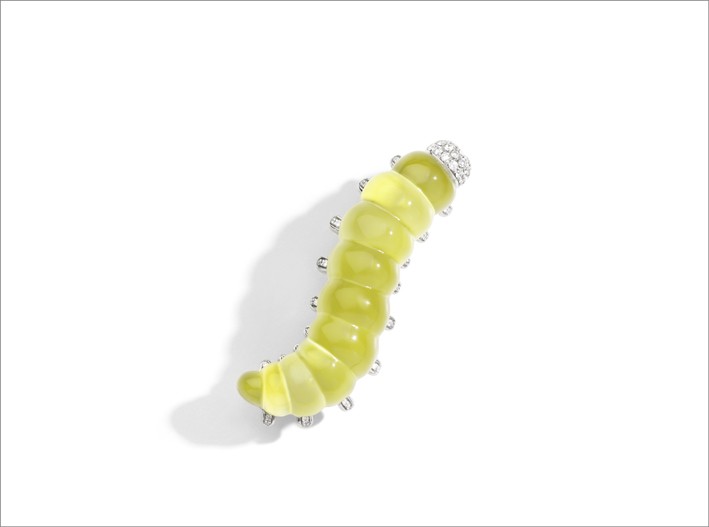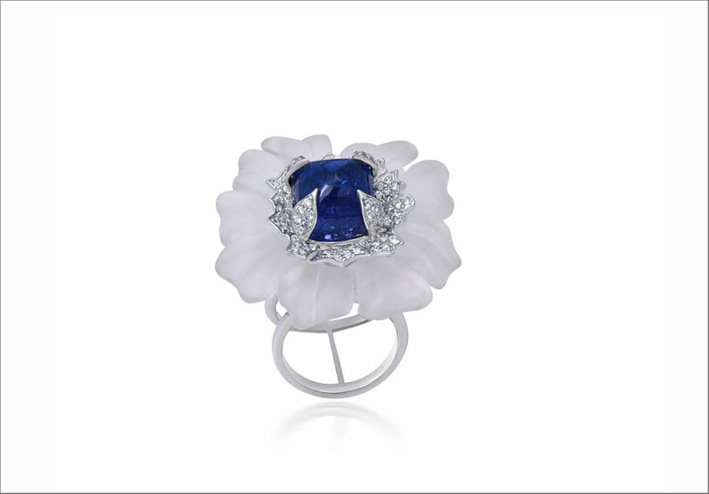If you like colored stones, you certainly love citrine. It is one of the most fashionable stones and, not least, among the most cheerful. Here’s all you need to know about citrine, it’s the other November stone along with yellow topaz ♦
The name. Citron in French is the fruit of the lemon, word derived from the Latin Citrus. The fruit is yellow as, indeed, the color of the stone. But in ancient times the citrine was considered less poetically a yellow quartz (and indeed from a scientific point of view is a yellow quartz): the term citrine took over only after 1556. Even less appeal is the definition of “merchant stone” because at one time it was believed he would bring luck in business. Unfortunately, it has remained a mere supposition.
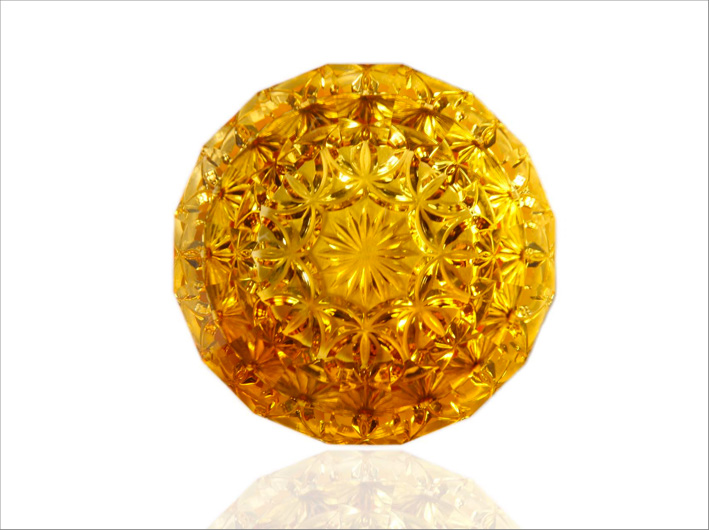
It was also considered a magic stone, like many others. In the Middle Ages some had even spread the rumor that it was effective to protect against the plague, from snake venom from spider bites and even from the evil people. Likely, though, that the citrine powers did not worked with those who have put about this nonsense.
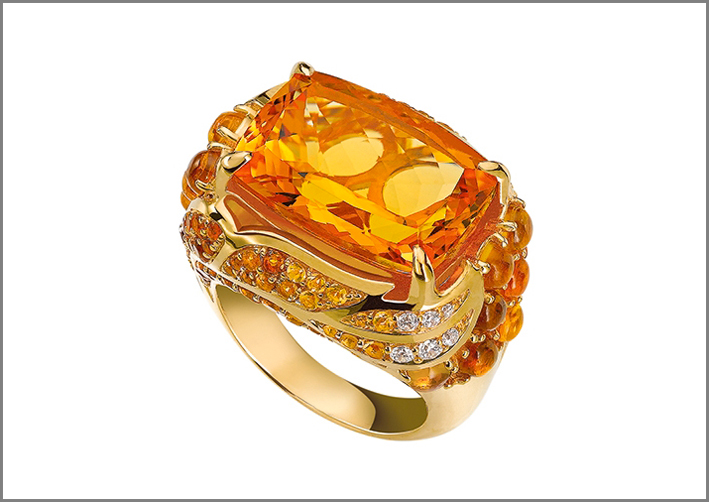
Color. As the name indicates, the citrine is yellow. It is practically impossible without technical means, to distinguish it from a topaz, to the naked eye, but the difference is the hardness. In truth, the stones that are set on jewels are heated citrine: the stone in its natural state has a rather pale color. When heated, however, it takes on a shade amber, almost orange. Rather than citrine it should call orangine, is not it?

Provenance. Many citrines come from the Brazilian mines, but if you go on the hunt for citrine you can also try in Madagascar, Zambia, Namibia, in the Urals in Russia. Often they are found where there are amethysts. It also there is a citrine record of 2,258 carats, guarded at the Smithsonian in Washington. In general, however, on jewelry the stones are below 25 carats.
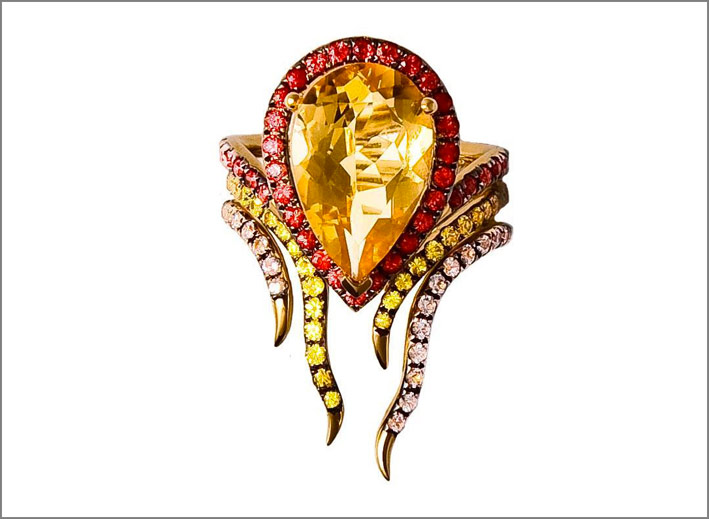
How to clean them. Citrine jewels can be cleaned by immersing the jewel in a cup of warm water, adding a couple of drops of detergent. After about ten minutes, gently rub the jewel with a toothbrush with soft bristles, then rinse.

